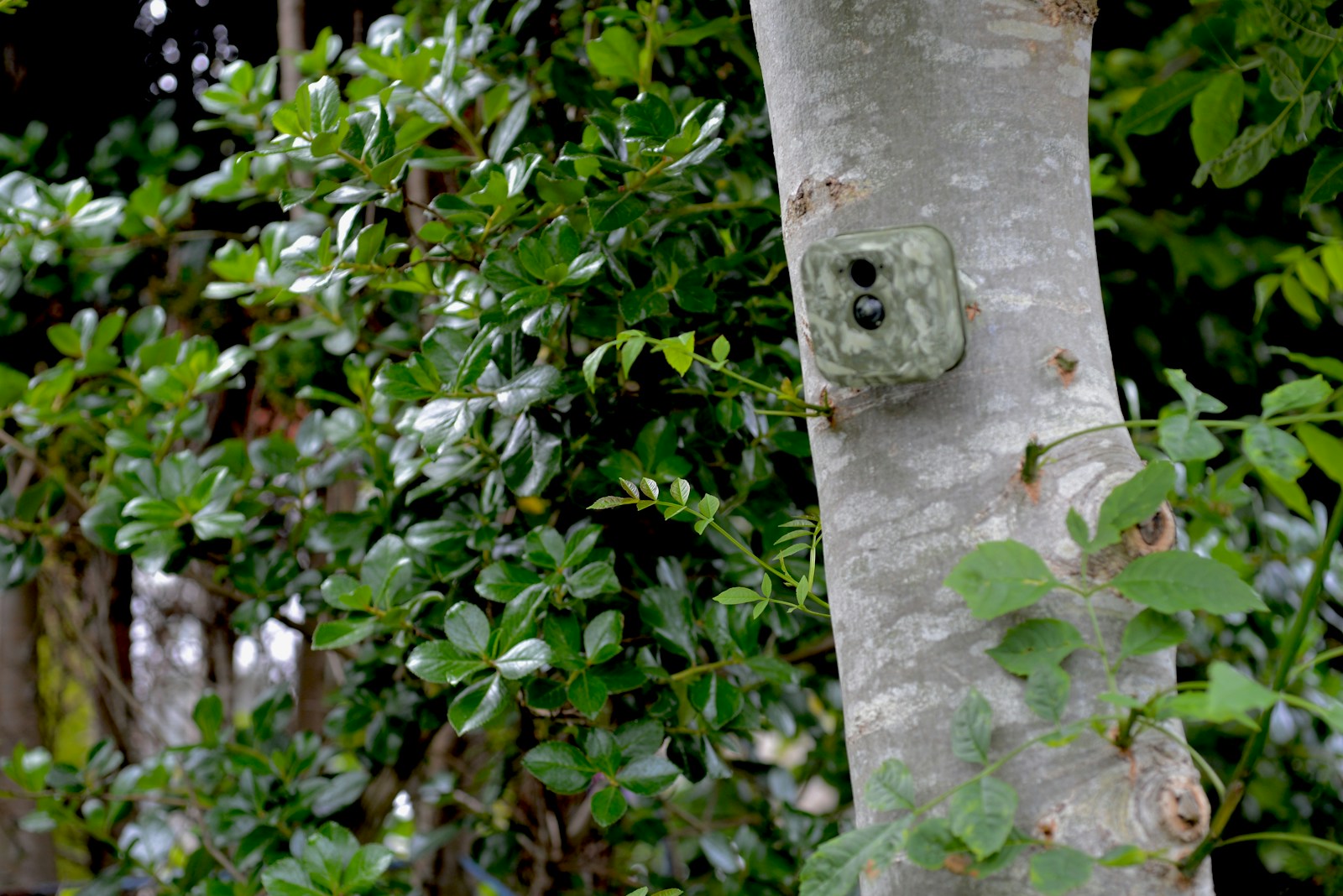In the quiet corners of our natural parks, a technological revolution is silently unfolding. Hidden cameras, strategically positioned throughout wilderness areas, have become the vigilant eyes of conservation efforts worldwide. These unobtrusive sentinels capture candid moments of wildlife, particularly endangered species, providing crucial data that might otherwise remain forever hidden from human observation. As climate change and habitat loss accelerate biodiversity decline, park managers and wildlife biologists are increasingly turning to these sophisticated monitoring systems to track, protect, and understand vulnerable animal populations. From dense rainforests to arid deserts, camera trap technology has transformed how we monitor and safeguard Earth’s most threatened creatures, offering unprecedented insights into their secret lives while minimizing human interference in fragile ecosystems.
The Evolution of Wildlife Monitoring Technology

Wildlife monitoring has undergone a remarkable transformation over the past several decades, evolving from direct observation methods that were both time-consuming and potentially disruptive to sophisticated remote sensing technologies. Early tracking relied heavily on physical evidence like footprints, scat, and occasional sightings, providing only fragmented glimpses into animal behavior and population dynamics. The introduction of radio collars in the mid-20th century represented a significant advancement, allowing researchers to track individual animals but still requiring substantial field presence and often causing stress to the subjects. Today’s camera traps represent the culmination of this technological evolution, combining high-definition imaging, motion sensors, infrared capabilities, and sometimes artificial intelligence to create monitoring systems that can operate autonomously for months in the harshest environments. This progression reflects conservation science’s growing emphasis on minimizing human interference while maximizing data collection, allowing endangered species to be studied in their most natural state possible.
The Anatomy of Modern Camera Traps
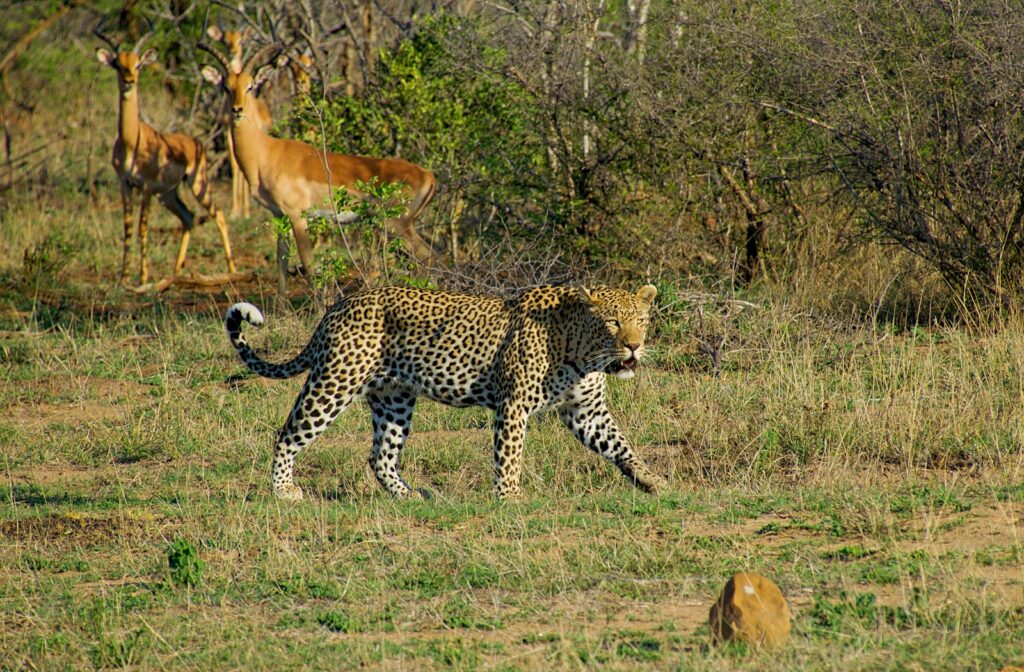
Modern wildlife camera traps are marvels of purpose-built engineering, designed to withstand extreme environmental conditions while remaining unobtrusive in natural settings. Most systems consist of a weatherproof housing containing a digital camera with infrared flash capabilities, motion sensors that trigger recording when animals pass by, and sophisticated power management systems that can extend battery life for months in remote locations. Advanced models now incorporate cellular or satellite connectivity, transmitting images in real-time to researchers without requiring physical retrieval of data. The cameras are typically camouflaged to blend with their surroundings, often incorporating natural colors and patterns that prevent them from alarming wildlife or attracting human attention that might lead to theft or vandalism. Contemporary camera traps also feature adjustable sensitivity settings that can be calibrated for different animal sizes, preventing excessive triggering by vegetation movement while ensuring that even small endangered species are captured when they enter the frame.
Strategic Placement: The Science of Camera Positioning
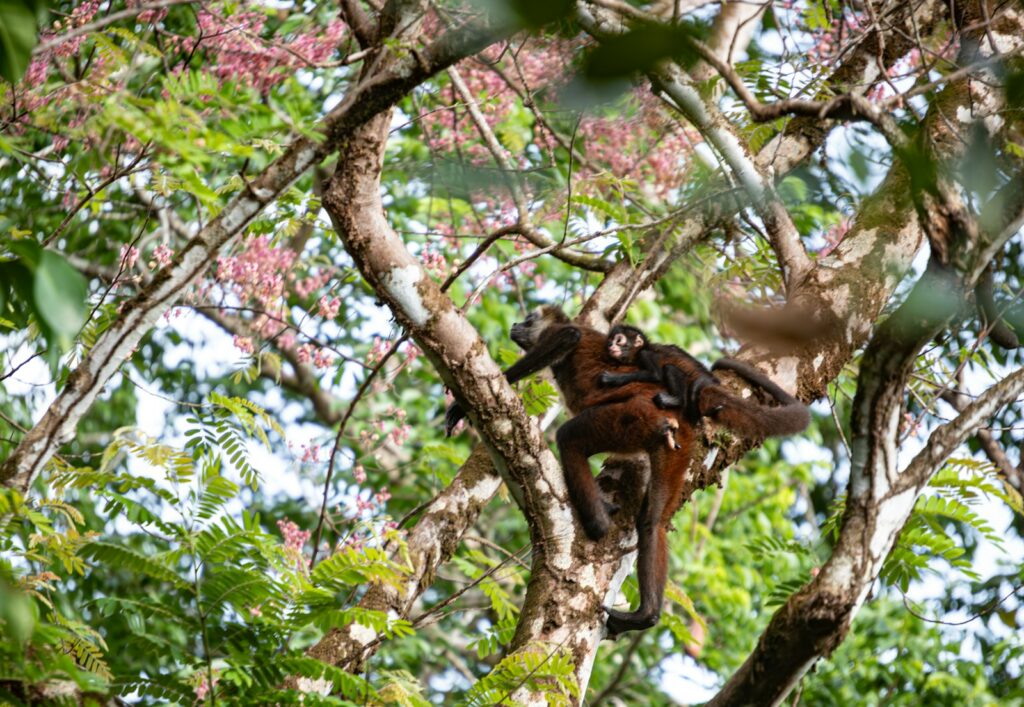
The effectiveness of camera trap monitoring depends critically on strategic placement, which combines ecological knowledge with field craft to maximize encounter rates with target species. Conservation biologists typically conduct preliminary surveys to identify animal pathways, water sources, feeding areas, and territorial marking locations where endangered species are most likely to pass. Camera height and angle are carefully calibrated to the target species’ size and behavior, with lower positions for smaller animals and careful consideration of the typical movement patterns of the target species. In many parks, cameras are arranged in systematic grids or transects to enable statistical population estimation, with spacing determined by the home range size of the target species. Seasonal considerations also influence placement strategy, as migration patterns, breeding behaviors, and resource availability shift throughout the year, requiring conservation teams to periodically reassess and potentially relocate their camera networks to maintain effective monitoring coverage.
Nocturnal Monitoring: Infrared and Thermal Imaging
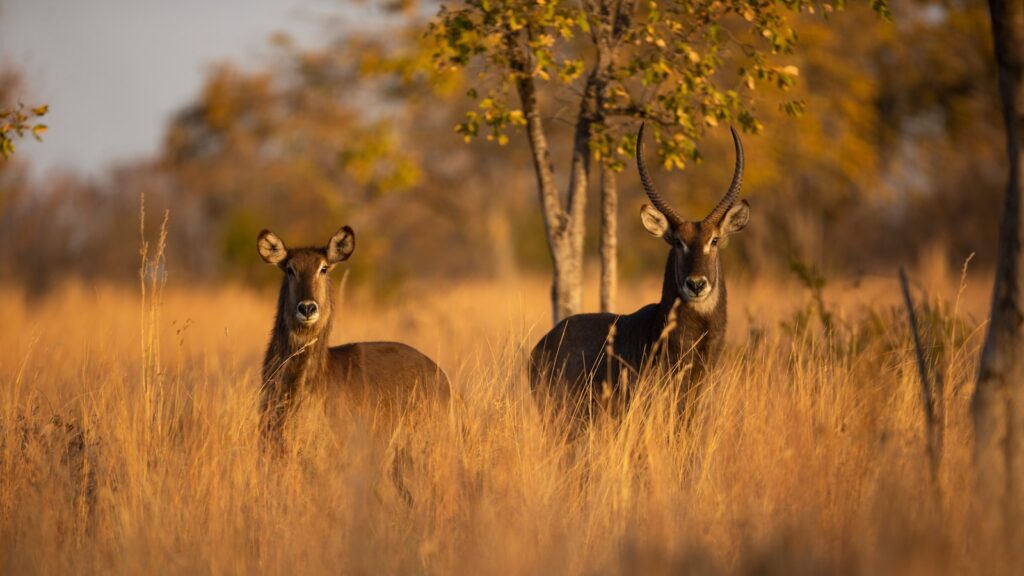
Many endangered species are most active during nighttime hours, making traditional observation nearly impossible without disturbing natural behaviors. Modern camera traps overcome this challenge through sophisticated infrared and thermal imaging technologies that can capture clear wildlife images in complete darkness. Unlike traditional flash photography, which can startle animals and potentially alter their behavior, infrared illumination remains invisible to most wildlife species, allowing for unobtrusive documentation of natural nocturnal activities. Thermal imaging cameras, which detect heat signatures rather than visible light, provide an additional monitoring dimension, particularly valuable for detecting warm-blooded animals in dense vegetation or adverse weather conditions where traditional imaging might fail. These night-vision capabilities have revolutionized our understanding of many endangered species, revealing previously unknown behaviors, interaction patterns, and habitat utilization that only occur under the cover of darkness, substantially expanding the effective monitoring window for conservation efforts to a full 24-hour cycle.
Data Management: From Images to Insights

The proliferation of camera traps in conservation settings has created unprecedented challenges in data management, with large-scale monitoring networks capable of generating millions of images annually. Parks and conservation organizations have developed sophisticated workflows to process this visual information, often beginning with initial screening to separate empty frames from those containing wildlife of interest. Species identification has increasingly been automated through machine learning algorithms and artificial intelligence systems trained to recognize specific endangered species with accuracy rates approaching those of human experts. Metadata management systems track crucial contextual information including precise location coordinates, time stamps, environmental conditions, and camera settings to support robust scientific analysis. Many major conservation projects now maintain searchable databases that allow researchers to query specific species, behaviors, or temporal patterns across vast image collections, transforming what were once simple photo collections into powerful ecological datasets that support sophisticated statistical analysis and long-term monitoring efforts.
Population Estimation and Density Mapping
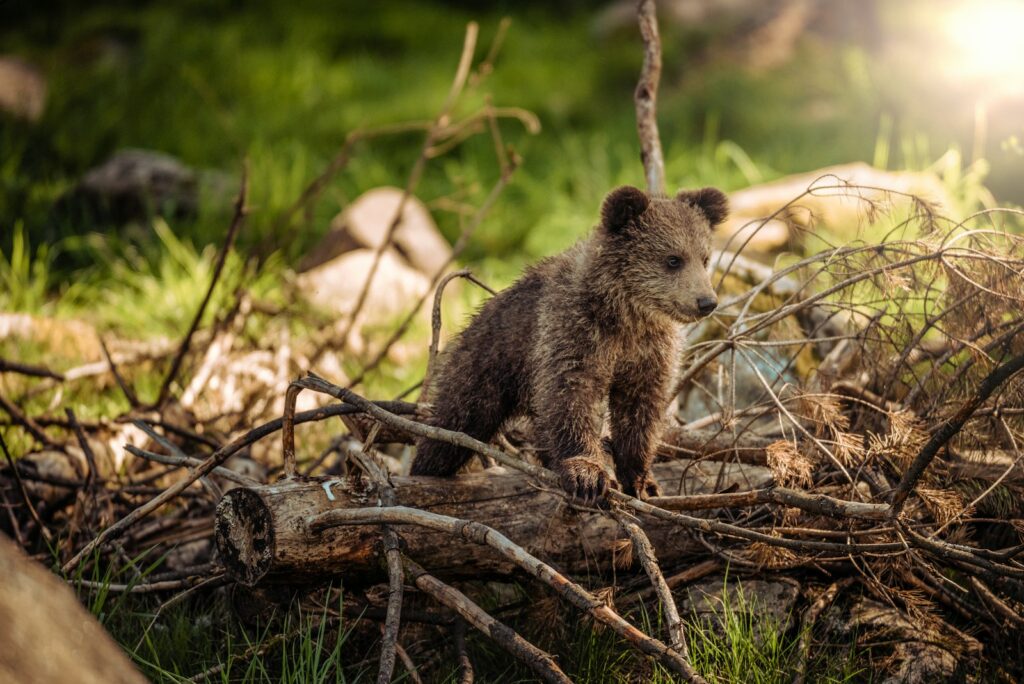
Beyond simply confirming species presence, camera trap networks enable sophisticated population estimation for endangered species that would be impossible to count directly. Statistical methodologies like capture-recapture models use the frequency and distribution of individual animal sightings across a camera network to calculate population size, particularly for species with unique markings like tigers, jaguars, or certain primates that can be individually identified. Spatial capture-recapture models incorporate location data to generate density maps showing how endangered populations distribute themselves across available habitat, identifying crucial high-use areas for targeted protection efforts. For species without individually identifiable markings, camera trap data can still provide relative abundance indices through detection rates, offering critical insight into population trends over time even when absolute numbers remain difficult to determine. These quantitative approaches transform anecdotal wildlife sightings into robust scientific data, allowing park managers to detect population changes early and respond with appropriate conservation interventions before declines become irreversible.
Behavioral Insights: Revealing Secret Lives
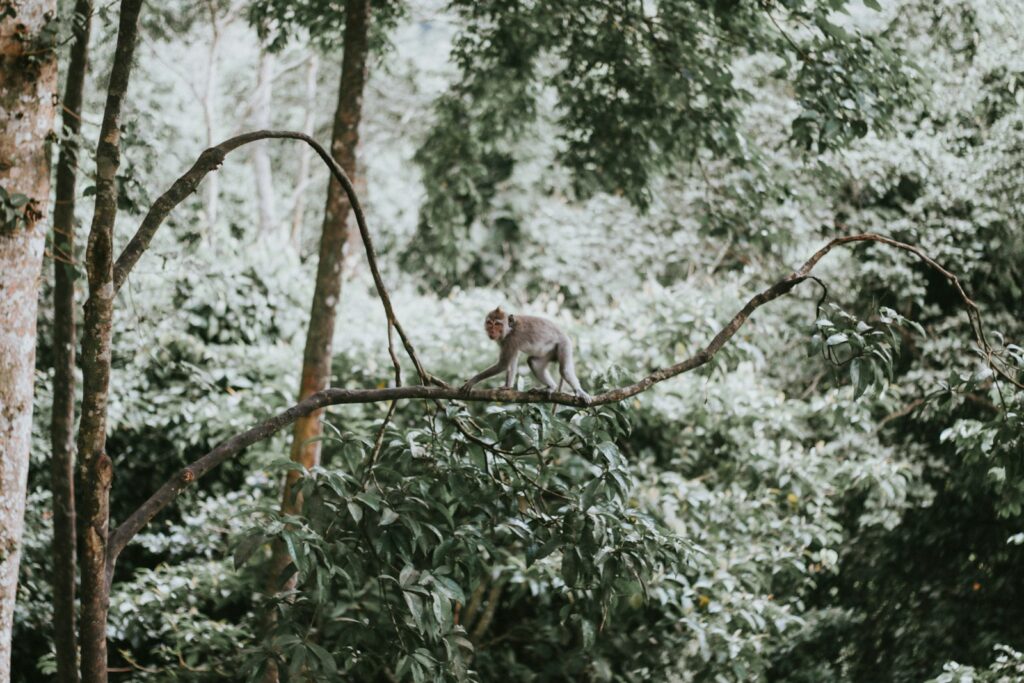
Camera traps offer unprecedented windows into the natural behaviors of endangered species, documenting activities that might never be observed through direct human observation. Long-term monitoring networks have revealed previously unknown social interactions, territorial behaviors, and feeding patterns, substantially expanding scientific understanding of species biology. Mating rituals and reproductive behaviors, particularly sensitive to human presence, are now regularly documented through camera systems, providing crucial insights into breeding success factors for endangered populations. Activity pattern analysis across 24-hour cycles reveals how different species partition time and space to minimize competition and predation risk, information that proves invaluable when designing effective conservation strategies. Perhaps most significantly, camera traps occasionally capture behaviors never before documented in certain species, challenging existing scientific understanding and demonstrating how much remains to be learned about even well-studied endangered animals when observed without human interference.
Monitoring Human Impacts and Threats
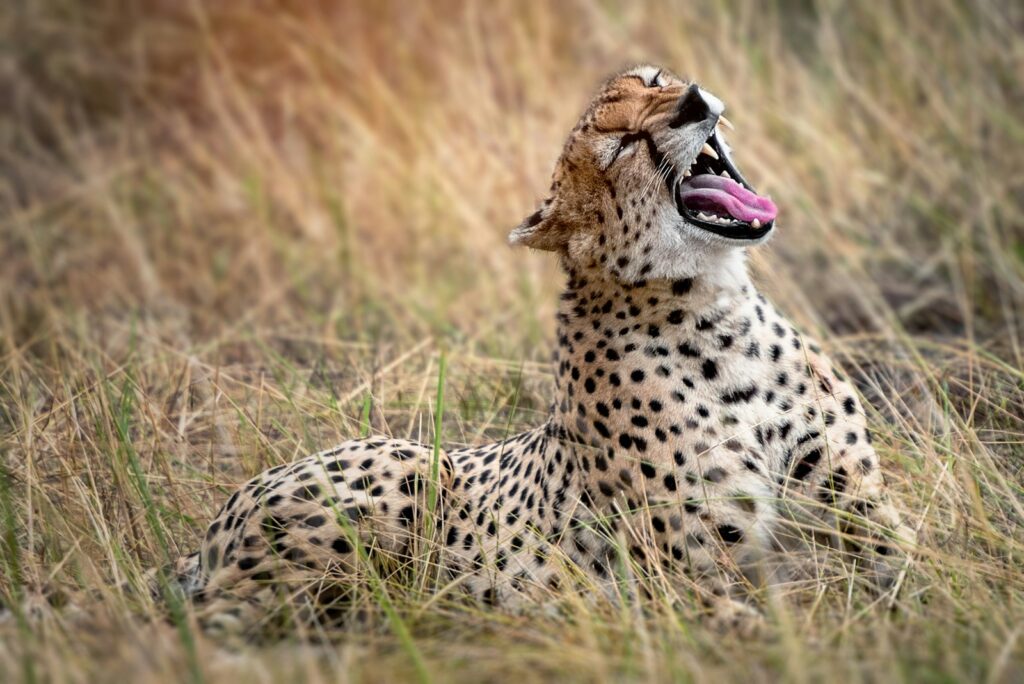
While primarily deployed to monitor wildlife, camera trap networks simultaneously document human activities within protected areas, providing critical data on potential threats to endangered species. Illegal activities such as poaching, logging, and resource extraction are sometimes captured directly on camera, providing evidence for enforcement actions and highlighting areas requiring increased protection. More subtle human impacts, such as recreational trail use, scientific research activities, and authorized resource harvesting, can be quantified to assess their potential disturbance effects on sensitive wildlife. Camera data often reveals how endangered species alter their behavior in response to human presence, sometimes showing temporal or spatial avoidance patterns that reduce their access to critical resources. This dual monitoring capability allows park managers to implement evidence-based policies that balance human access needs with endangered species protection, targeting restrictions specifically to times and locations where human activities demonstrably impact vulnerable wildlife.
Citizen Science and Public Engagement
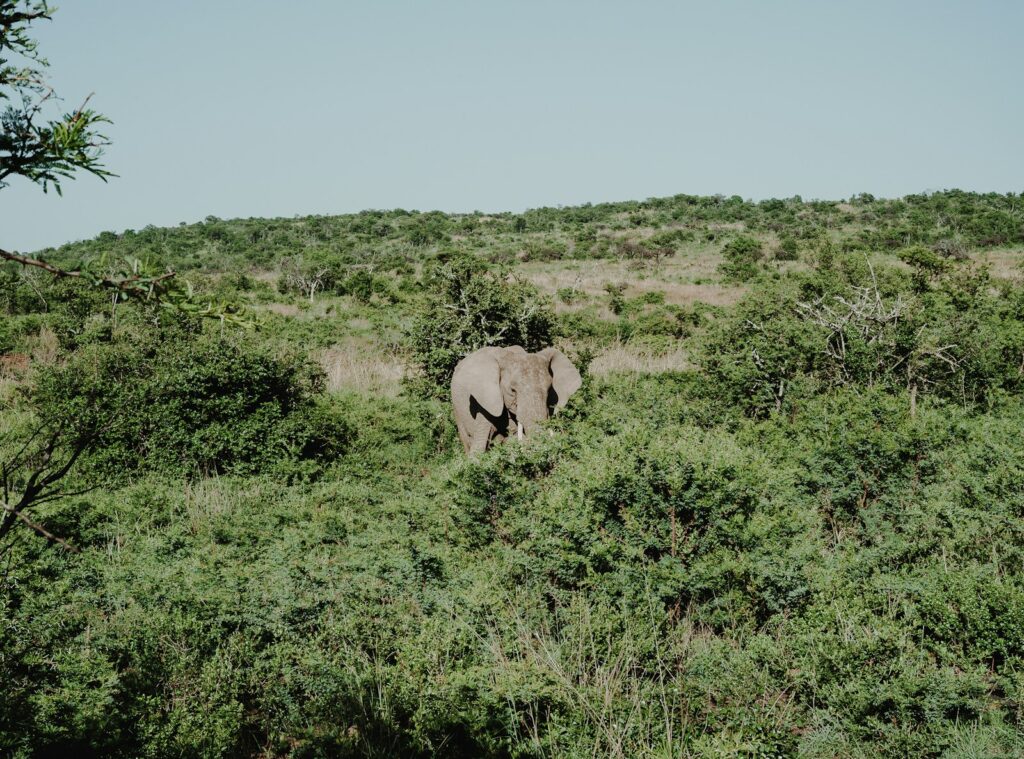
The visually compelling nature of camera trap imagery has created powerful opportunities for public engagement in endangered species conservation through citizen science initiatives. Several major conservation organizations now operate platforms where volunteers help classify and identify species in camera trap images, processing volumes of data that would overwhelm professional scientific teams while simultaneously building public investment in conservation outcomes. Educational programs frequently incorporate camera trap footage to create emotional connections between students and endangered species, using these intimate glimpses of wildlife to inspire the next generation of conservation advocates. Social media campaigns featuring remarkable camera trap images can rapidly raise awareness about endangered species, sometimes generating viral interest that translates into tangible support for conservation funding. By transforming abstract conservation concepts into concrete visual encounters with charismatic endangered species, camera trap imagery has become one of conservation’s most powerful tools for building public will to protect threatened wildlife.
Case Study: Tiger Conservation Success
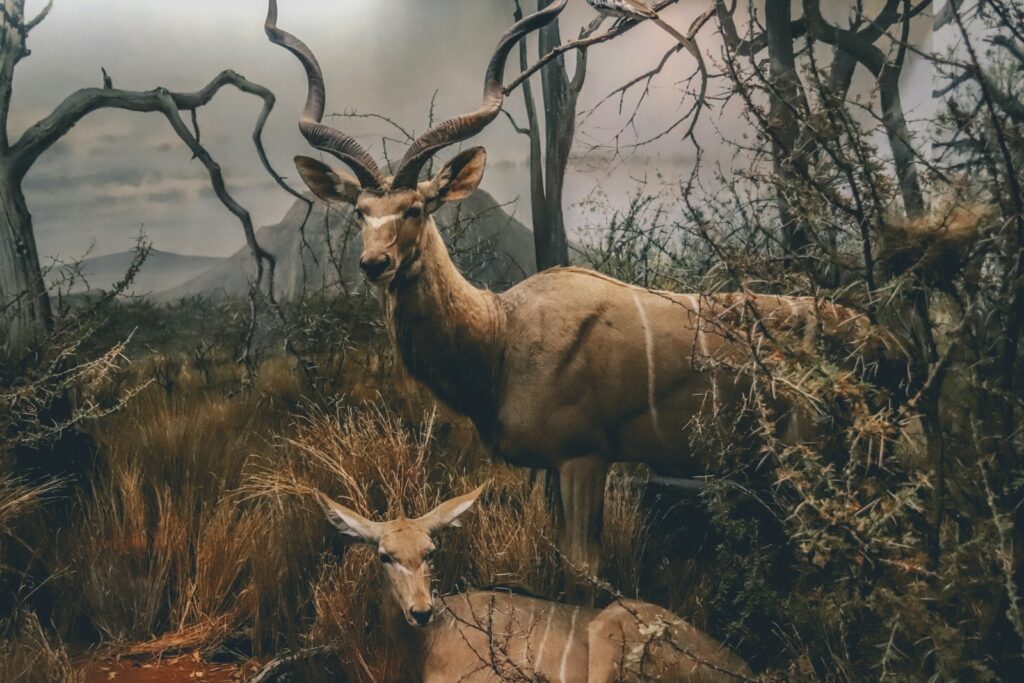
Tiger conservation represents one of the most successful applications of camera trap technology in endangered species management, fundamentally transforming monitoring approaches for this iconic big cat. India’s tiger reserves pioneered large-scale camera trap deployment in the early 2000s, establishing systematic protocols that could reliably identify individual tigers through their unique stripe patterns, essentially creating a photographic “fingerprint” database of every animal in protected areas. This methodology enabled the first scientifically robust population estimates, replacing notoriously unreliable traditional tiger counting methods with verifiable data that could track individual animals across time and space. When camera networks revealed concerning population declines in certain reserves, conservation authorities responded with targeted anti-poaching efforts precisely where they were most needed, demonstrating the direct conservation value of accurate monitoring. Perhaps most encouragingly, continued camera trap monitoring has documented population recoveries in well-managed reserves, with photographic evidence of cubs and new individuals providing tangible proof that conservation investments are yielding results for this endangered species.
Technological Frontiers: AI and Automated Analysis
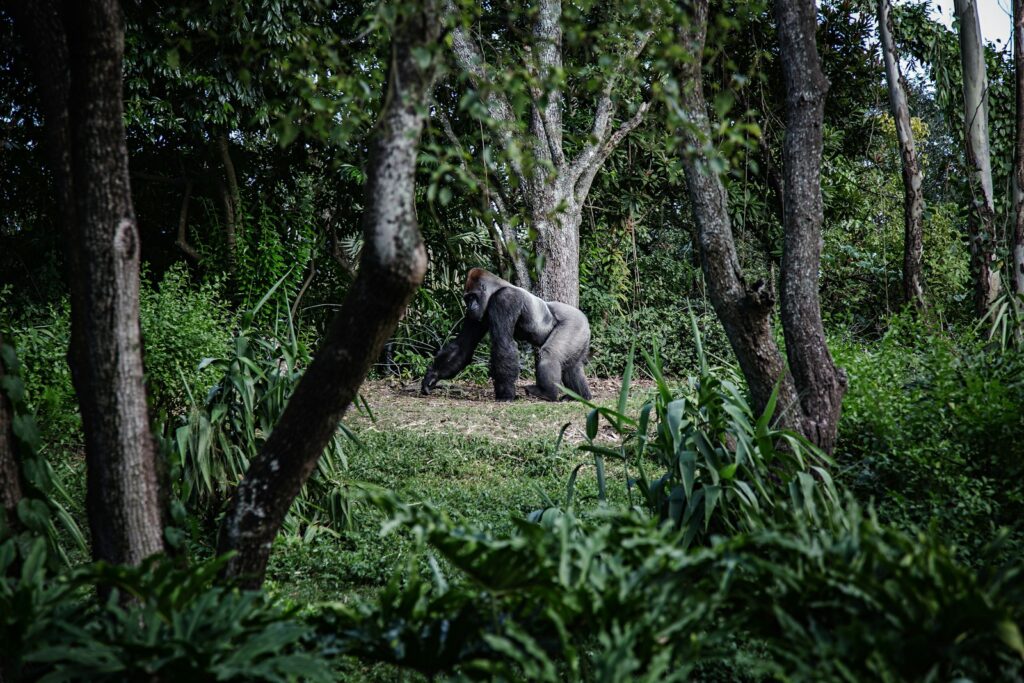
The future of camera trap monitoring lies in increasingly sophisticated artificial intelligence systems that can transform raw imagery into actionable conservation intelligence with minimal human intervention. Machine learning algorithms now achieve remarkable accuracy in automatically identifying species, counting individuals, and even recognizing specific behaviors from camera trap footage, dramatically reducing the analytical bottleneck that has traditionally limited large-scale monitoring efforts. Advanced computer vision systems can detect subtle patterns invisible to human observers, such as early signs of disease in endangered populations or indicators of stress from environmental changes. Real-time analysis capabilities are emerging, with some experimental systems capable of transmitting alerts when specific endangered species or threatening activities are detected, enabling immediate conservation responses. As these technologies mature, the limiting factor in endangered species monitoring is shifting from data collection and analysis to the implementation of effective conservation responses based on the unprecedented wealth of information these automated systems provide.
Ethical Considerations and Privacy Concerns
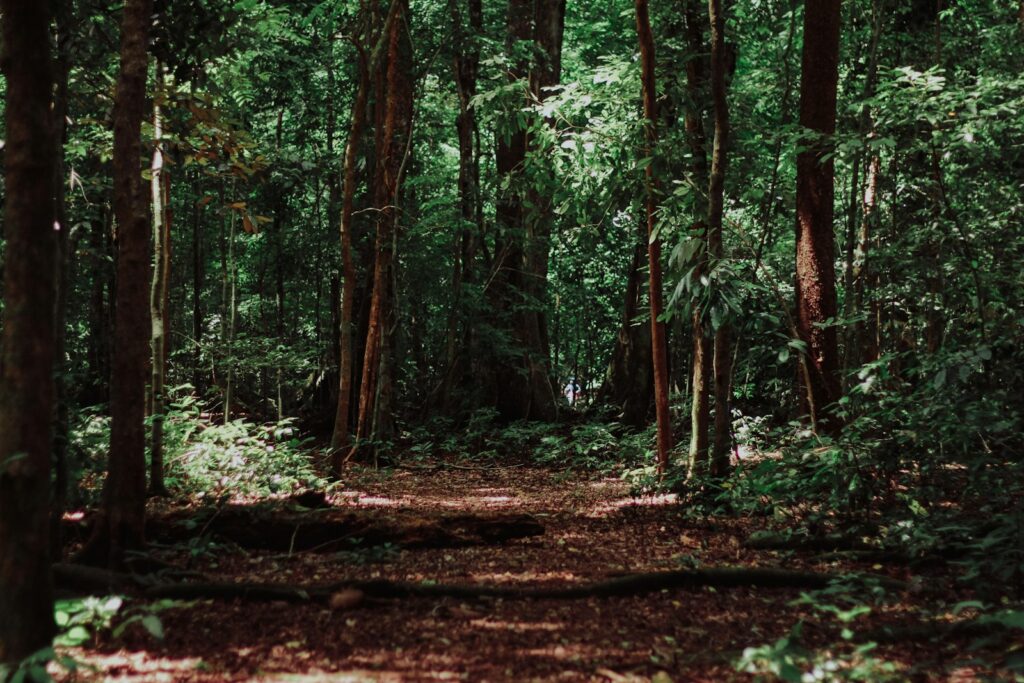
The deployment of surveillance technology in natural settings raises important ethical questions that conscientious conservation programs must address. While focused primarily on wildlife, camera trap networks inevitably capture images of humans in parks, including indigenous communities, researchers, tourists, and sometimes individuals engaged in unauthorized activities. Responsible camera trap programs implement strict protocols for handling human images, typically blurring faces or immediately deleting such frames unless they document illegal activities that threaten endangered species. Conservation organizations increasingly engage with local and indigenous communities before deploying camera networks, respecting traditional land rights and incorporating local knowledge into monitoring designs. The potential for camera trap technology to enable excessive surveillance beyond legitimate conservation purposes requires clear ethical boundaries and transparency about data usage. Many parks now clearly mark areas where camera monitoring occurs, balancing the need for unobtrusive wildlife observation with respect for human privacy and informed consent principles.
The Future of Hidden Camera Conservation

As climate change accelerates and habitat pressures intensify, camera trap networks are poised to become even more central to endangered species conservation strategies in the coming decades. Miniaturization and cost reduction trends will likely enable more comprehensive coverage, with smaller, less intrusive devices deployed in greater numbers across protected areas. Integration with other monitoring technologies, including environmental DNA sampling, acoustic monitoring, and satellite tracking, promises to create multi-sensory conservation intelligence systems that capture complementary data streams. Emerging technologies like low-power wireless networks may enable camera systems to function as interconnected grids rather than isolated units, sharing information and adaptively focusing monitoring efforts where endangered species activity is detected. As the biodiversity crisis deepens, these hidden sentinels will serve as crucial early warning systems, identifying population declines, range shifts, and behavioral changes that signal conservation emergencies requiring immediate intervention. In this way, the humble hidden camera has evolved from a simple observation tool into an essential component of humanity’s efforts to preserve Earth’s most vulnerable species for future generations.
As our planet faces unprecedented biodiversity challenges, the silent guardians hidden throughout our parks continue to watch, record, and bear witness to both the struggles and resilience of endangered species. These technological eyes have transformed conservation from an art based largely on assumption and occasional observation into a science grounded in continuous, verifiable data. Through their lenses, we’ve gained not just scientific knowledge but a more intimate connection with creatures that few humans will ever observe directly in the wild. As camera technology and analytical capabilities continue to advance, the insights they provide will remain our best hope for understanding what endangered species need to survive and guiding the conservation interventions that may ultimately save them from extinction. In the delicate balance between human development and wildlife preservation, these hidden cameras serve as crucial allies for species that cannot speak for themselves.

